The bedrock of every thriving brand is an expertly crafted custom logo. People will know and trust your company when they see its visual portrayal. If you want your company to stand out, a unique custom logo design is the way. Here’s how.
Table of Contents
1. Understand Your Brand Identity
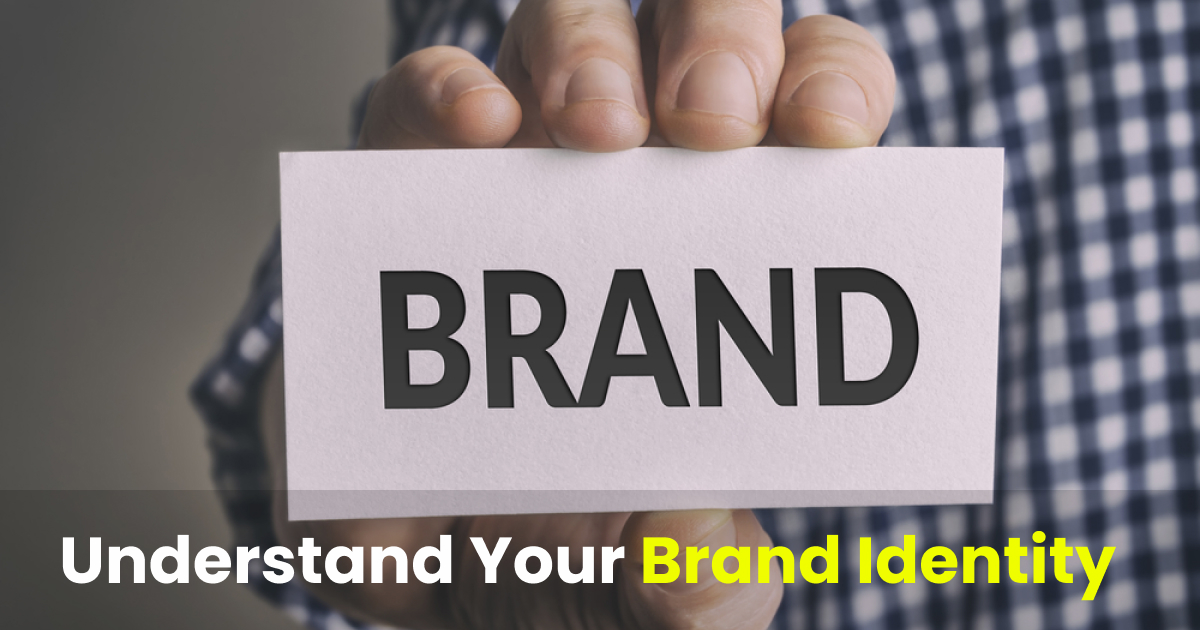
Marketing success rests on a solid foundation of a recognizable brand. Your company’s distinctive character makes it stand out and connect with customers. You must know your brand’s identity inside and out before designing a logo. Some significant questions to consider are:
Who are you?
- Why are you in business? What is your mission?
- What is your long-term goal?
- Values: When making business decisions, what principles do you follow?
Who are your customers?
- Statistics: gender, age, place, income bracket, etc.
- The demographics are based on personality traits, interests, values, and worldview.
What makes you unique?
- What distinguishes you from the competition and provides you with a competitive advantage?
- Differentiating feature (USP): In what ways are your offerings unique?
2. Conduct Thorough Research
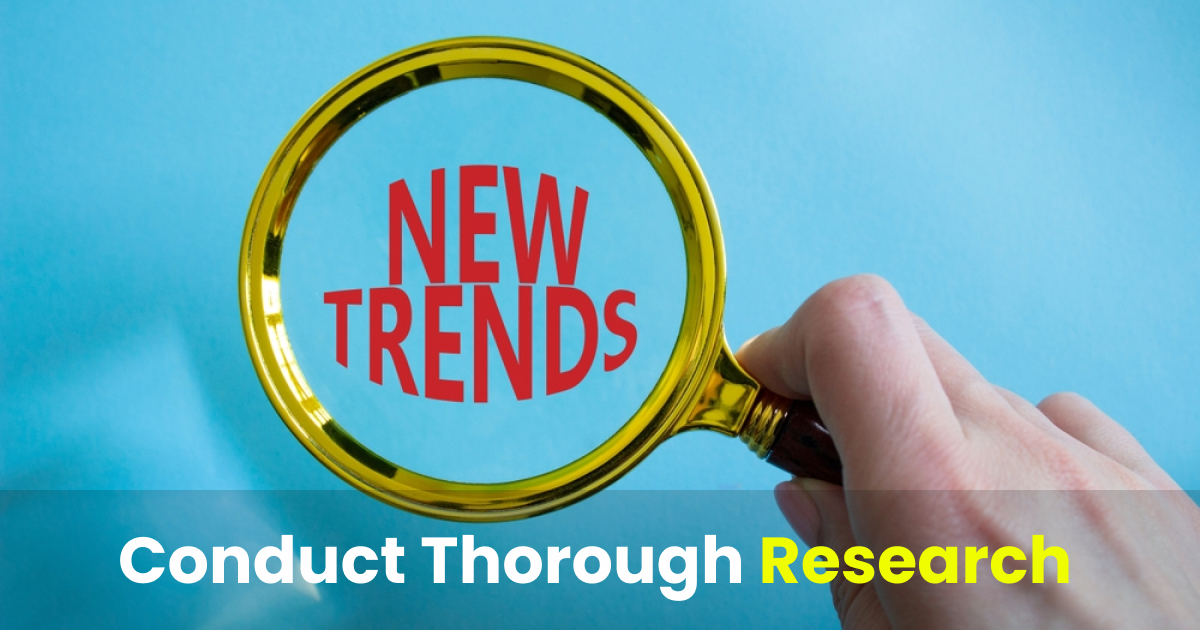
Once you have a thorough knowledge of your brand identity, you should perform extensive research. This will help you detect trends, analyze competition, and get ideas for your custom logo design. Here are some key areas to consider:
Industry Analysis
- Competition analysis: Examine your competitors’ logos. Determine their strengths, flaws, and distinctive selling points.
- Sector trends: Stay informed about your sector’s latest design trends and preferences.
Target Audience Research
- Preferences: Determine your target audience’s tastes, preferences, and expectations.
- Cultural considerations: Be aware of cultural nuances and symbols that may appeal to your audience.
Inspiration Gathering
- Explore internet galleries and creative tools to find inspiration for your custom logo design.
- Typography and color resources: Look for fonts and color palettes that are consistent with your brand identity.
- Symbolism and iconography: Discover the meanings of various symbols and icons.
3. Brainstorm Logo Concepts
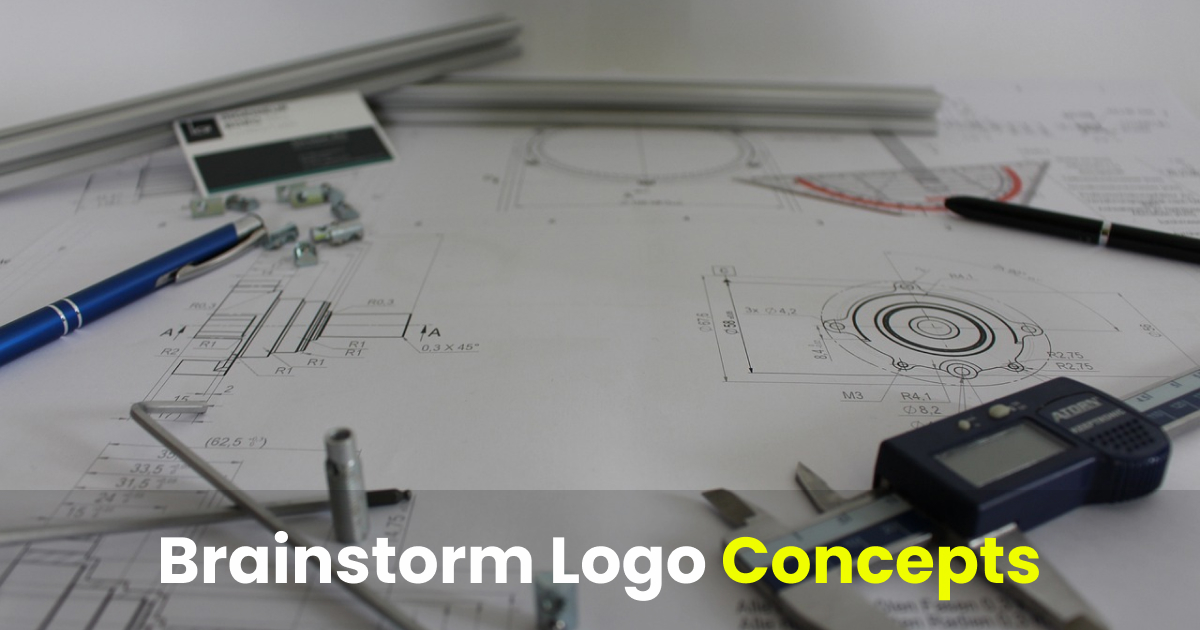
With a firm knowledge of your brand identity and extensive research, it’s time to unleash your creativity. This is the stage where you’ll develop several logo concepts that capture the soul of your brand.
Key Considerations:
- Simplicity: A basic logo is usually more memorable and adaptable.
- Relevance: Make sure your custom logo is closely aligned with your brand’s message and values.
- Aim for a timeless design.
- Versatility: Consider how your logo will appear in multiple sizes and forms.
- Originality: Avoid clichés and go for a different design.
Brainstorming Techniques:
- Mind mapping involves visualizing your brand’s essential qualities and connecting them to prospective logo elements.
- Sketching: Create various forms, symbols, and typography that are consistent with your brand.
- Mood boards: Gather photos and inspiration to reflect your brand’s personality.
- Freewriting: Write down whatever ideas come to mind, no matter how unusual.
Logo Elements to Consider:
- Typography: Choose fonts that reflect your brand’s individuality.
- Symbols and icons: Include things that reflect your company or sector.
- Color palette: Choose colors that convey the intended emotions and associations.
- Layout and composition: experiment with various arrangements and balances.
4. Choosing the Right Design Elements
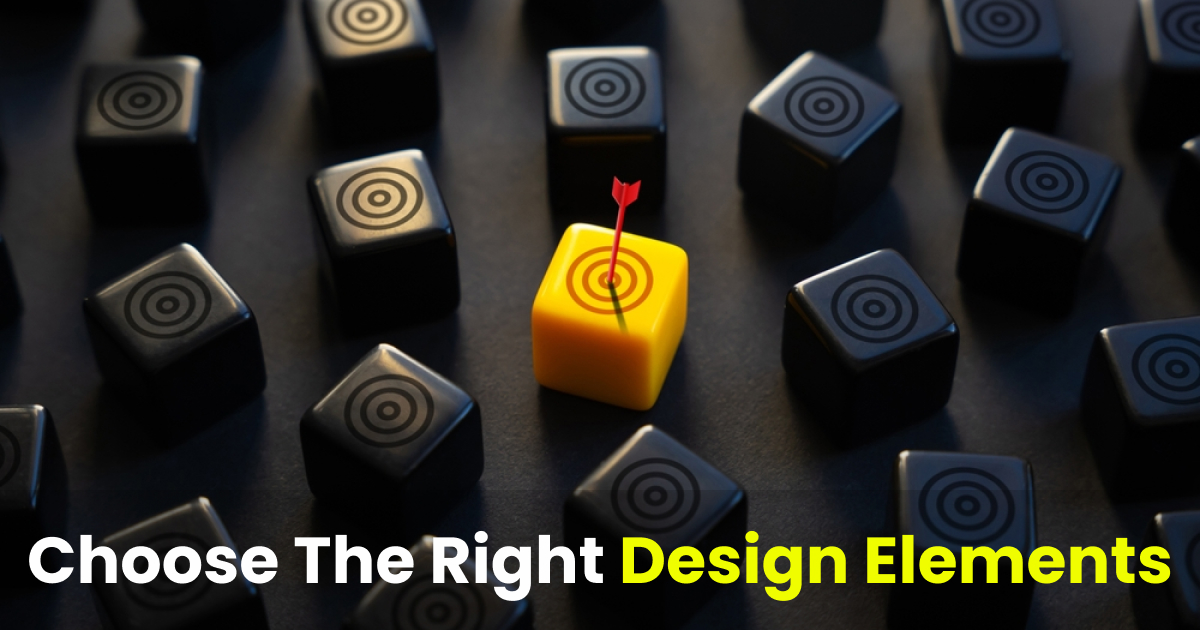
After you’ve created a range of logo concepts, it’s important to polish your ideas and choose the best design aspects. These pieces will serve as the framework for your custom logo, successfully communicating your brand’s message.
Typography
- Font selection: Choose a font that matches your brand’s personality. Consider readability, style, and suitability for your intended audience.
- Font weight and style: To discover the best match, try various font weights (e.g., regular, bold, light) and styles (e.g., serif, sans-serif, script).
Color
- Color psychology: Understand the emotional influence of various colors and select ones that are consistent with your brand’s message and desired perception.
- Color choices: Try using different color combinations to build a visually appealing and memorable brand.
Symbolism
- Brand-related symbols: Include signs specifically relevant to your company or industry.
- Consider employing abstract symbols to elicit specific feelings or associations.
- Make use of iconic symbols that are well-known and understood.
5. Create Multiple Logo Options
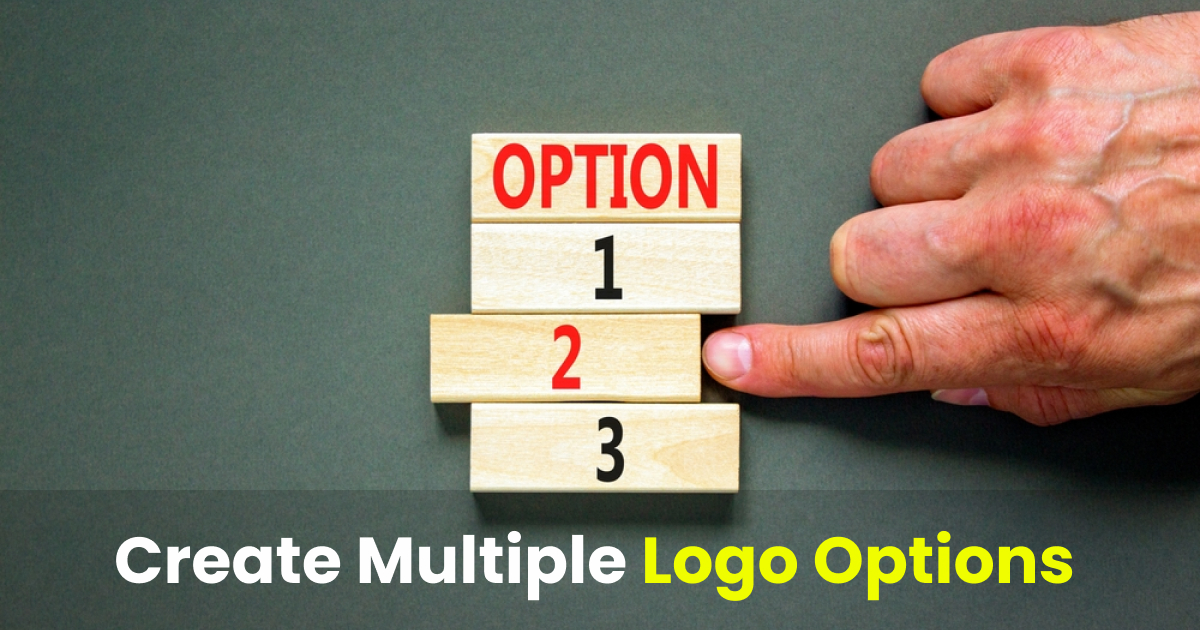
Once you’ve decided on the fundamental design aspects for your custom logo, you can experiment with numerous versions and generate multiple possibilities. This will allow you to pick the strongest concept and ensure your final design is exceptional.
Key Considerations
- Experiment with various typographic, color, and symbol combinations.
- Adaptability: Consider how your custom logo design will appear on various backgrounds, sizes, and formats.
- Memorability: Create a custom logo design that is simple to recall and recognize.
Design Variations
- Try out different fonts, weights, and styles.
- Color: Experiment with different color palettes and combinations.
- Symbolism: Experiment with different symbols and variations on the same symbol.
- Layout: experiment with alternative layouts and compositions.
Seeking Feedback
- Internal feedback: Share your designs with colleagues and team members to get feedback.
- External feedback: Consider doing a poll or focus group to solicit feedback from potential customers.
- Design communities: Share your designs with online design communities to get more feedback and inspiration.
6. Test and Refine
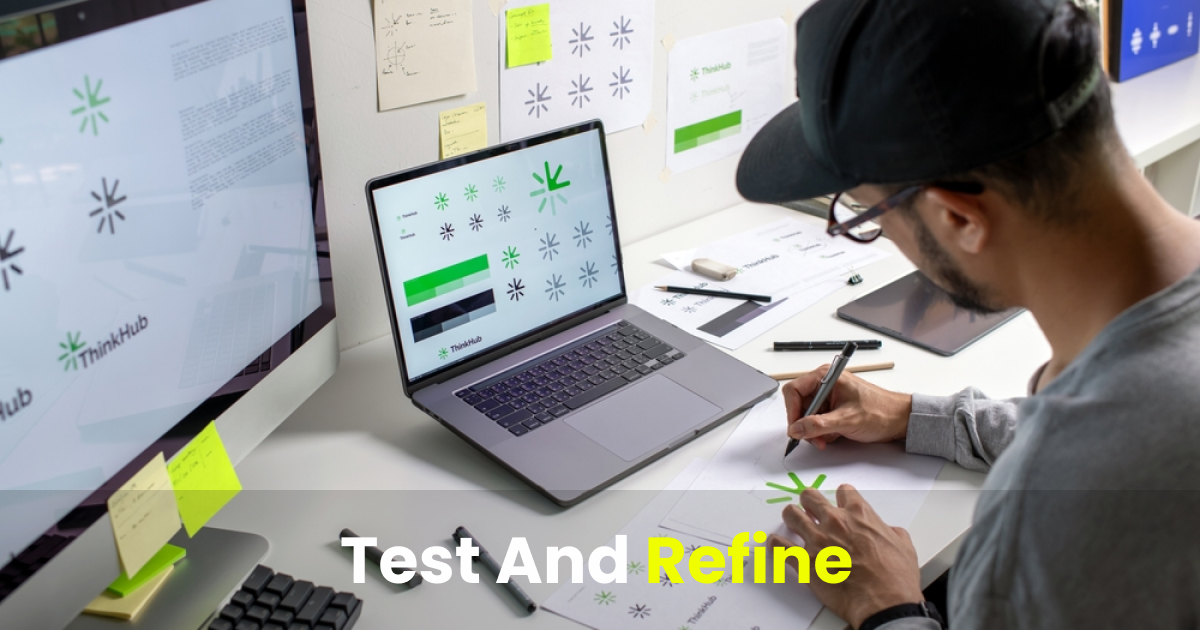
Once you’ve generated several logo possibilities, it’s necessary to test and improve your designs to verify they satisfy your brand’s specifications and appeal to your target audience.
Key Considerations
- Scalability: Make sure your custom logo appears well in many sizes and forms, from little business cards to enormous billboards.
- Readability: Evaluate the readability of your logo, particularly in small sizes.
- Memorability: Consider whether your logo is simple to recall and recognize.
- Timelessness: Consider whether your logo will remain relevant in the future.
- Versatility: Ensure that you can use your logo on a range of backgrounds and in a variety of settings.
Testing Methods
- Digital mockups: Make digital mockups of your logo on various marketing materials to see how it appears in action.
- Physical samples: Print your custom logo on various materials (e.g., business cards, t-shirts, signage) to see how it looks in the real world.
- User testing: Collect feedback on your logo from potential clients or target audience members.
- A/B testing: Create two or more variants of your custom logo design and compare them to determine which works better.
Refinement Process
- Iterate and improve: Based on your testing results, make any necessary changes to your logo design.
- Seek expert advice: If you’re not sure about your design, speak with a professional designer.
- Stay consistent: Make sure your final logo is consistent with your brand’s overall identity and messaging.
7. Finalize Your Logo
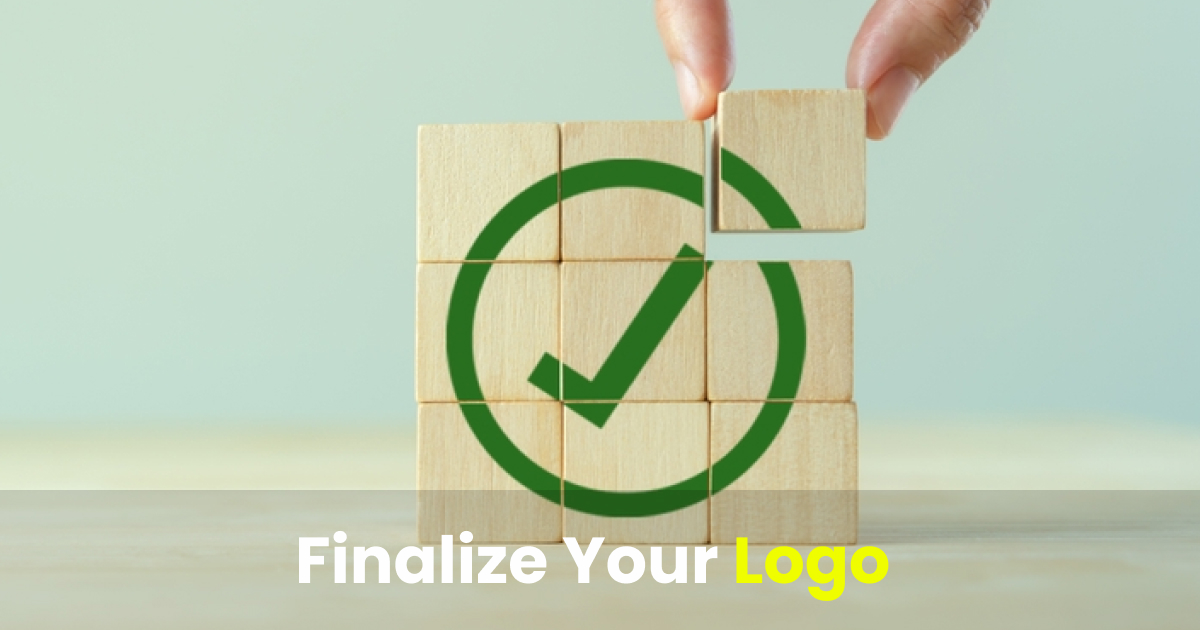
After thoroughly testing and refining your logo designs, it’s time to make a final decision and finalize your logo. This is a major milestone in the branding process.
Key Considerations
- Best fit: Select the logo that best reflects your brand’s identity, values, and intended audience.
- Consistency: Make sure your chosen logo complements your brand’s entire design and messaging.
- Legal implications: Think about any legal or trademark difficulties that may arise.
Finalizing Steps
- Choose the winning design: Choose the logo that best fits your needs and resonates with you.
- Create a style guide. Document the logo’s parameters, such as colors, typefaces, and usage instructions.
- Obtain the appropriate approvals. If necessary, seek consent from appropriate stakeholders or partners.
- Protect your logo: Consider registering your logo as a trademark to protect your intellectual property.
Moving Forward
- Implement your logo: Incorporate your logo into all of your marketing materials, websites, and branding initiatives.
- Maintain constancy. Make sure all channels consistently use your logo.
- Monitor and Adapt: Regularly examine your logo to ensure it is still relevant and effective.
8. Utilize Your Logo Consistently
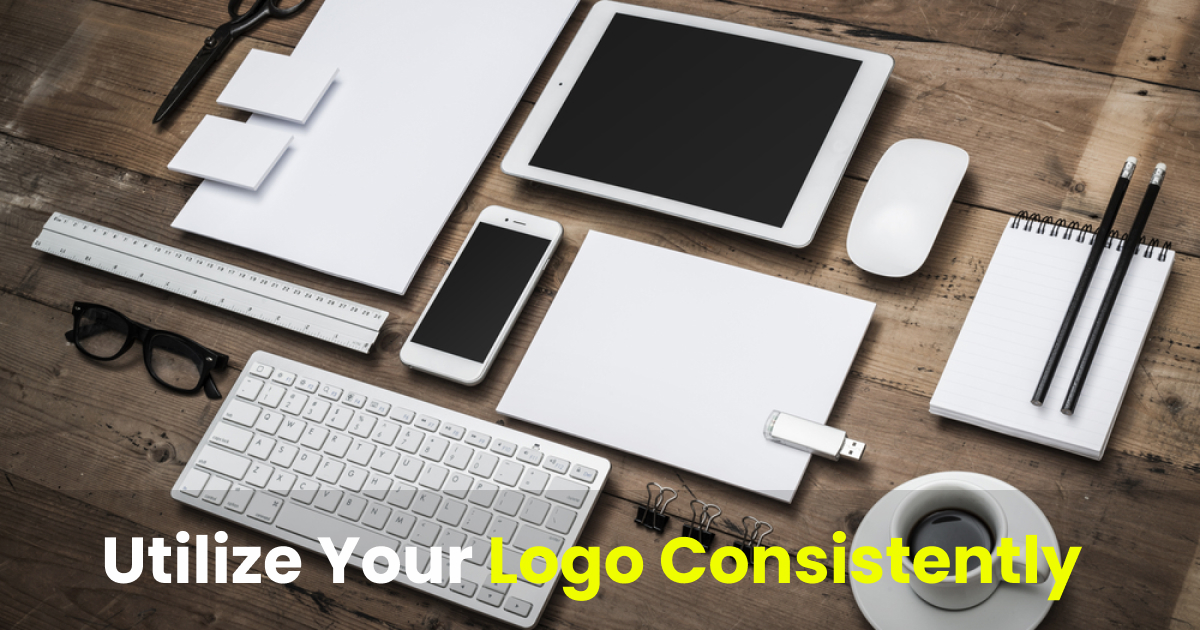
Once you’ve chosen your logo, make sure to use it consistently throughout all of your marketing materials and media. This will help to enhance your brand identification and establish a strong link between your logo and your firm.
Key Considerations
- Consistency: To maintain your logo’s integrity and recognizability, use it consistently in the same manner.
- Versatility: Consider how your logo will appear on various backgrounds, sizes, and formats.
- Brand Guidelines: Create a complete style guide outlining how to use your brand properly, including color palettes, typefaces, and spacing.
Areas for Logo Usage
- Website: Include your logo in the header, footer, and other crucial spots.
- Marketing materials: Include your logo on business cards, brochures, flyers, and other promotional materials.
- Social media: Include your logo on your profiles and posts.
- Product packaging: Add your logo to the packaging and labels.
- Signage: Put your logo on signs for your physical site or events.
Tips for Consistent Use
- Create templates: To ensure uniformity, create templates for multiple marketing items.
- Train your employees: Educate your team on how to properly use your logo.
- Ensure proper usage of your logo by regularly reviewing your marketing materials.
Final Thoughts
- Keep things simple: Avoid too intricate designs that may be difficult to remember.
- Make it timeless. Create a timeless custom logo.
- Consider versatility. Ensure that you can use your logo in a variety of settings.
- Hire a professional designer. If you are skeptical about your design abilities, consider hiring an expert.
By following these rules, you can build a memorable brand logo that will help your company stand out from the crowd and leave a lasting impression.

